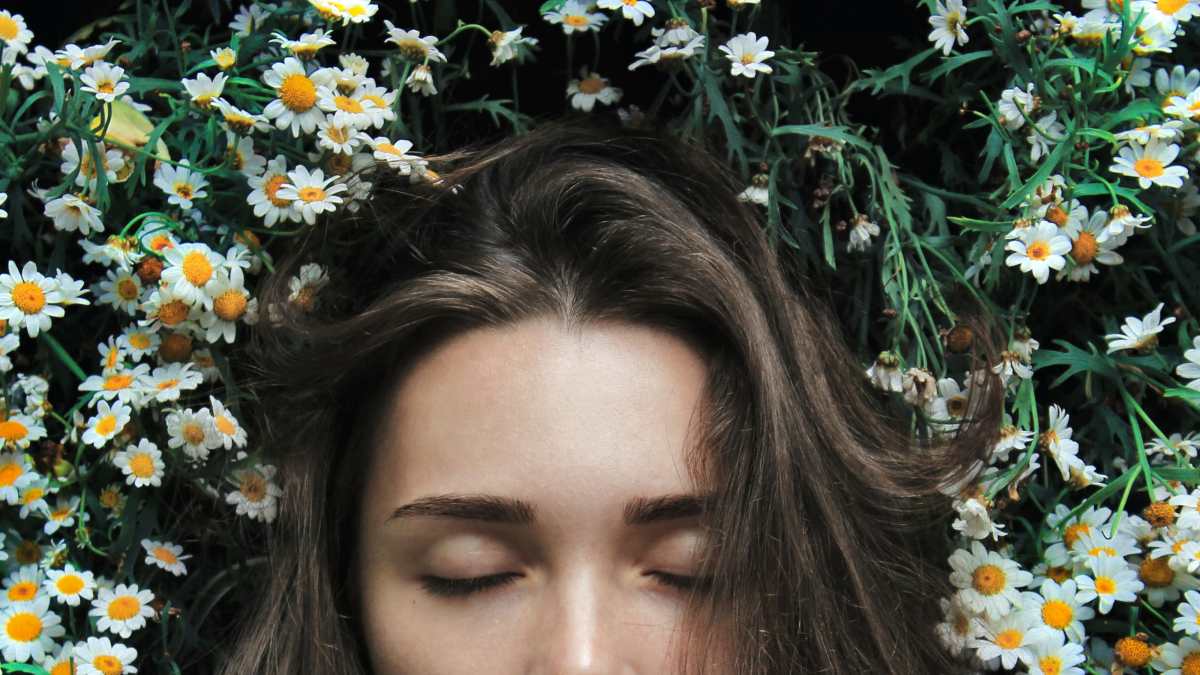
2 Ways To Kick Your 'Revenge Bedtime Procrastination' Habit
Research offers two techniques for individuals to get a good night's rest while also letting their creative juices flow.

By Mark Travers, Ph.D. | March 28, 2024
Revenge bedtime procrastination is a deliberate choice where individuals postpone sleep to reclaim autonomy, dedicating the nocturnal hours to pursuits that fuel their creative spirits. Whether it's the strokes of a paintbrush, the tapping of keys on a keyboard or the melodic strains of a musical composition, the night becomes a canvas for artistic expression and innovation.
While the solitude and stillness of the night create an ideal environment for deep concentration and introspection, inadequate sleep can take a toll on both mind and body. Prolonged sleep deprivation impairs cognitive function, diminishes focus and hampers problem-solving abilities—all essential requisites for nurturing creativity. What starts as seeking creative fulfillment may spiral into a cycle of sleep deprivation and compromised well-being.
To reconcile the conflicting demands of creativity and rest, the key lies in striking a delicate balance between inspiration and self-care. To cultivate a harmonious relationship between creativity and rest, consider these two research-backed strategies.
1. Lucid Dreaming
Lucid dreaming is the state of being aware of oneself while immersed in a dream, where one recognizes they are actively dreaming yet the dream feels vivid and genuine. With this awareness, individuals can influence and control their dreams, essentially becoming authors of their own dream narratives in real-time. When experiencing lucidity within a dream, individuals possess the creative power to reshape the dream's landscape, transforming ordinary scenes into extraordinary realms. They can soar through the air, engage in conversations with dream characters and undergo surreal metamorphoses, delving into a dimension beyond waking reality.
To elucidate this phenomenon, a 2018 study illustrates how our brain oscillates between REM and non-REM sleep stages throughout the night. During non-REM sleep, memory consolidation and information extraction take place, while REM sleep stimulates creativity by establishing new connections among existing knowledge. This alternating process enables the brain to reorganize information, fostering creative thinking. Consequently, after a night's sleep, we frequently find ourselves better prepared to tackle challenges with a renewed capacity innovation.
To induce lucid dreaming, a study published in Acta Neuropsychologica delineates the most effective techniques. While numerous methods exist, researchers have determined that combining the following approaches produces optimal results.
- Reality-check practice enhances metacognition by training individuals to recognize their own awareness. It involves regularly assessing surroundings and wakefulness levels throughout the day, extending to performing reality checks in dreams. Noticing something unusual during these checks can trigger the realization that you're dreaming. Setting alarms every two to three hours can prompt reality checks, including looking at mirrors, testing object solidity, observing hands, checking the time and monitoring breathing. Consistent practice can train the mind to repeat these checks during dreams, inducing lucidity.
- Mnemonic induction of lucid dreams (MILD) is a simple technique where individuals express a desire to become lucid while sleeping. Before falling asleep, repeatedly affirming the intention to remember one is dreaming enhances its effectiveness, especially when practiced upon waking from a dream.
- Wake back to bed (WBTB) involves briefly waking up approximately five hours into sleep and then utilizing the MILD method to increase the likelihood of lucid dreaming for the remainder of the night.
- Senses-initiated lucid dreaming relies on external stimuli like flashing lights or sounds during rapid eye movement (REM) sleep. These cues prompt individuals become self-aware within the dream. Setting an alarm after about five hours of senses-initiated lucid dreaming, akin to the wake back to bed technique, strengthens the intention to have a lucid dream before returning to sleep.
2. Hypnagogic Exploration
Hypnagogic exploration encourages individuals to embrace the transitional state between wakefulness and sleep, known as the hypnagogic state, as a pathway to unlocking deep creativity and insight. This phase, characterized by a mix of waking awareness and dream-like imagery, provides fertile ground for exploring the depths of the subconscious mind and accessing untapped reservoirs of inspiration.
According to a study published in the Encyclopedia of Creativity, hypnagogia is highly effective in problem-solving. Historical figures like August Kekulé, Beethoven, Salvador Dali and Isaac Newton attribute their enhanced creativity to hypnagogia, suggesting that the hypnagogic state offers innovative ideas and solutions not readily available during other sleep stages or wakefulness.
Research indicates that hypnagogia can be intentionally induced with hypnosis. In a 2005 study, a hypnotist induced the hypnagogic state using a modified "Jacobson" technique. Participants were guided to relax major muscle groups for approximately 20–30 minutes, followed by a 15–20 minute hypnotic trance induced through indirect flight suggestion. Various signs, such as deep muscular relaxation, slow breathing, spontaneous imagery, sluggish eye movements and hand paralysis sensation, were highlighted as indicators of achieving the hypnagogic state.
Revenge bedtime procrastination, once seen as an adversary to our well-being, can be harnessed for creativity and inspiration. Therefore, the next time you find yourself lingering in the liminal space between wakefulness and sleep, seize the opportunity to explore the depths of your imagination—but do so in moderation.
Are you worried that a lack of sleep is causing you problems? Take the Insomnia Severity Index to learn more.
A similar version of this article can also be found on Forbes.com, here.
